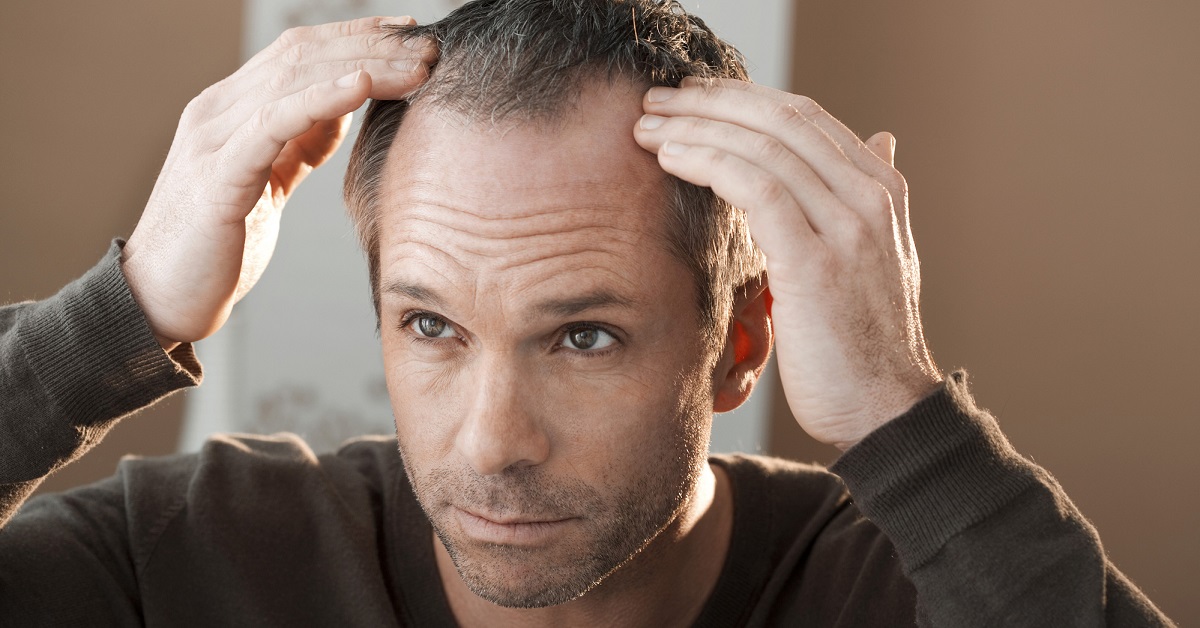This month we’re celebrating National Hair Loss Awareness Month, unless, of course, you’re one of the 60% of men aged 50 or younger dealing with hair loss or one of the 50% of women who will experience hair loss in their lifetime. If you fall into one of those two groups, having an entire month to be reminded of your hair loss is not something to cheer about.
If there is a reason to cheer, though, it’s because treatment is available, and the earlier you get started, the better your results. More on that below, but first, a little background.
Male Pattern Baldness
If you believe Internet lore, then you likely think that shampoo, hats, testosterone, and sunshine – among other things – cause hair loss. Well, it simply isn’t true. The most-common cause of hair loss is genetic. Don’t blame your mom, though, as the hair loss gene can come from dad, too. After genetics, other offenders include hormonal changes, medical complications, diet, stress, and medications.
Back to genetics, though. Androgenetic alopecia – more commonly known as male pattern baldness – is the most common form of hair loss and accounts for more than 95% of hair loss in men. It’s not just a guy thing, as about 40% of people who have it are women. There is no cure for male pattern baldness, but with treatment, you can stop it in its tracks.
Unhappy on the Inside
If you know someone dealing with hair loss who tells you it doesn’t bother them, it might be that they are just putting up a good front.
“Contrary to societal belief,” says the American Hair Loss Association, “most men who suffer from male pattern baldness are extremely unhappy with their situation and would do anything to change it.” Women, too, experience a great deal of emotional distress related to hair loss.
The Treatment: A 1-2 Punch

Two treatments that have long been used to combat hair loss are microneedling and platelet rich plasma (PRP) therapy. Individually, they have successfully slowed hair loss in men and women. However, when they are combined into a single treatment, the results are even more surprising. Here’s what you need to know about each:
- Microneedling: Microneedling harnesses your own body’s power to heal. A device that has tiny needles all over it is moved across your scalp, creating thousands of micro-wounds that are so small you’re unlikely to feel any discomfort. These tiny injuries cause your body to deploy all its healing capacity, including regenerating your hair follicles. This stimulation can lead to hair growth or hair thickening.
- PRP Therapy: PRP is a bit more involved, but still takes advantage of your natural ability to heal. There are three steps to PRP therapy. First, a small amount of your blood is drawn. Next, that blood is processed so that the various components are separated. Finally, a tiny bit of plasma is mixed with platelets to form a solution that is injected into your scalp. This platelet-rich plasma contains growth factors and other healing proteins that stimulate your hair follicles and promote growth.
Microneedling with PRP
When microneedling and PRP therapy are combined, the channels to your hair follicles are opened, allowing the PRP direct access. This not only stimulates and heals your hair follicles, but also encourages hair growth. Your body’s healing response to the micro wounds acts like a turbo charger for the PRP.
While National Hair Loss Awareness Month might not be a time for celebration, what we’re able to offer our hair loss patients is. Just call us at 404.835.4191 to get started.


